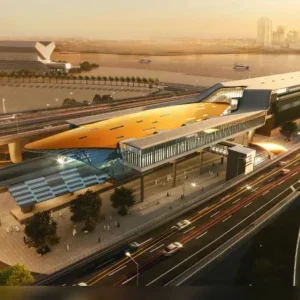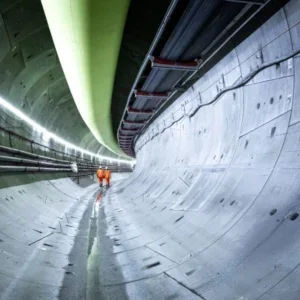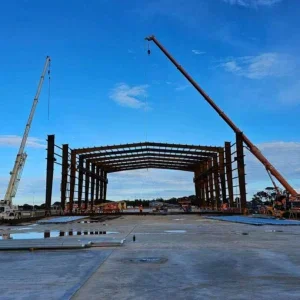The new Crossrail leadership team has been developed by the “new Crossrail leadership team” and passed by the Crossrail Board. Following a detailed audit of the project, the plan involved identifying 100,000 interdependent tasks.
However, there are four major tasks that must be completed:
- Build and test the software to integrate the train operating system with three different signalling systems
- Install and test vital station systems
- Complete installation of the equipment in the tunnels and test communications systems
- Trial run the trains over many thousands of miles on the completed railway to shake out any problems
Due to the uncertainties and risks of the work, Crossrail stated that it had identified a six-month delivery window with a midpoint at the end of 2020.
A spokesperson said, “The central section of the Elizabeth line will open between Paddington and Abbey Wood and link the West End, the City of London, Canary Wharf and southeast London with initially 12 trains per hour during the peak. It is expected that all stations on the route will open except for Bond Street which is delayed because of design and delivery challenges. Crossrail is working closely with Costain Skanska Joint Venture to ensure the station is ready to open at the earliest opportunity. The central section works are expected to be delivered within the funding package agreed by the Mayor, Government and Transport for London in December 2018.”
Once the central section opens, full services across the Elizabeth Line from west to east, will commence as soon as possible.
Crossrail intends to provide increasingly specific estimates of when the line will open. It has put in place a new visual management system to monitor progress by our contractors and their supply chains so that issues are addressed as quickly as possible.
The spokesperson added, “Crossrail expects that the remaining fit-out and systems installation in the stations and tunnels will be completed this year. This will allow the new stations and rail infrastructure to be integrated with the rest of the railway. Crossrail also expects that Bombardier Transportation and Siemens will complete development of the train and signalling software this year allowing the train control system to be fully tested.”
Mark Wild, Crossrail Chief Executive, said, “I share the frustration of Londoners that the huge benefits of the Elizabeth line are not yet with us. But this plan allows Crossrail Ltd and its contractors to put the project back on track to deliver the Elizabeth line. Crossrail is an immensely complex project and there will be challenges ahead particularly with the testing of the train and signalling systems but the Elizabeth line is going to be incredible for London and really will be worth the wait. This new plan will get us there and allow this fantastic new railway to open around the end of next year.”
Tony Meggs, Crossrail chair, said: “Both the Crossrail Board and the Crossrail leadership team fully recognise the seriousness of the challenges we face. The Crossrail Board is pleased with the progress by the new Crossrail leadership team to get a grip on the project and pull together a robust and realistic plan to complete the Elizabeth line. An enhanced governance structure has been put in place to strengthen the Crossrail programme. The Crossrail Board will be holding the leadership team to account as they work to complete the railway. We will be open and transparent about our progress and will be providing Londoners and London businesses with regular updates as we seek to rebuild trust with all our stakeholders.”
The Crossrail spokesperson concluded, “Everyone involved in the Crossrail project is fully focused on ensuring the Elizabeth line is completed as quickly as possible and brought into service for passengers. At many stations, work is underway to complete the final fit-out and testing of key systems. Each Elizabeth line station has over 50 km of communications cabling, 200 CCTV cameras, 66 information displays, 200 radio antennas, 750 loudspeakers and 50 help points. All this technology needs to be fully installed, tested and integrated.
“Dynamic testing of the trains in the tunnels is now underway with intensive work to increase the reliability of the train software to enable trains to successfully operate across the three signalling systems on the Elizabeth Line. Trains have been operating at line speed (100kph) in the central section using the new automatic signalling system and multi-train testing will soon get underway.”







